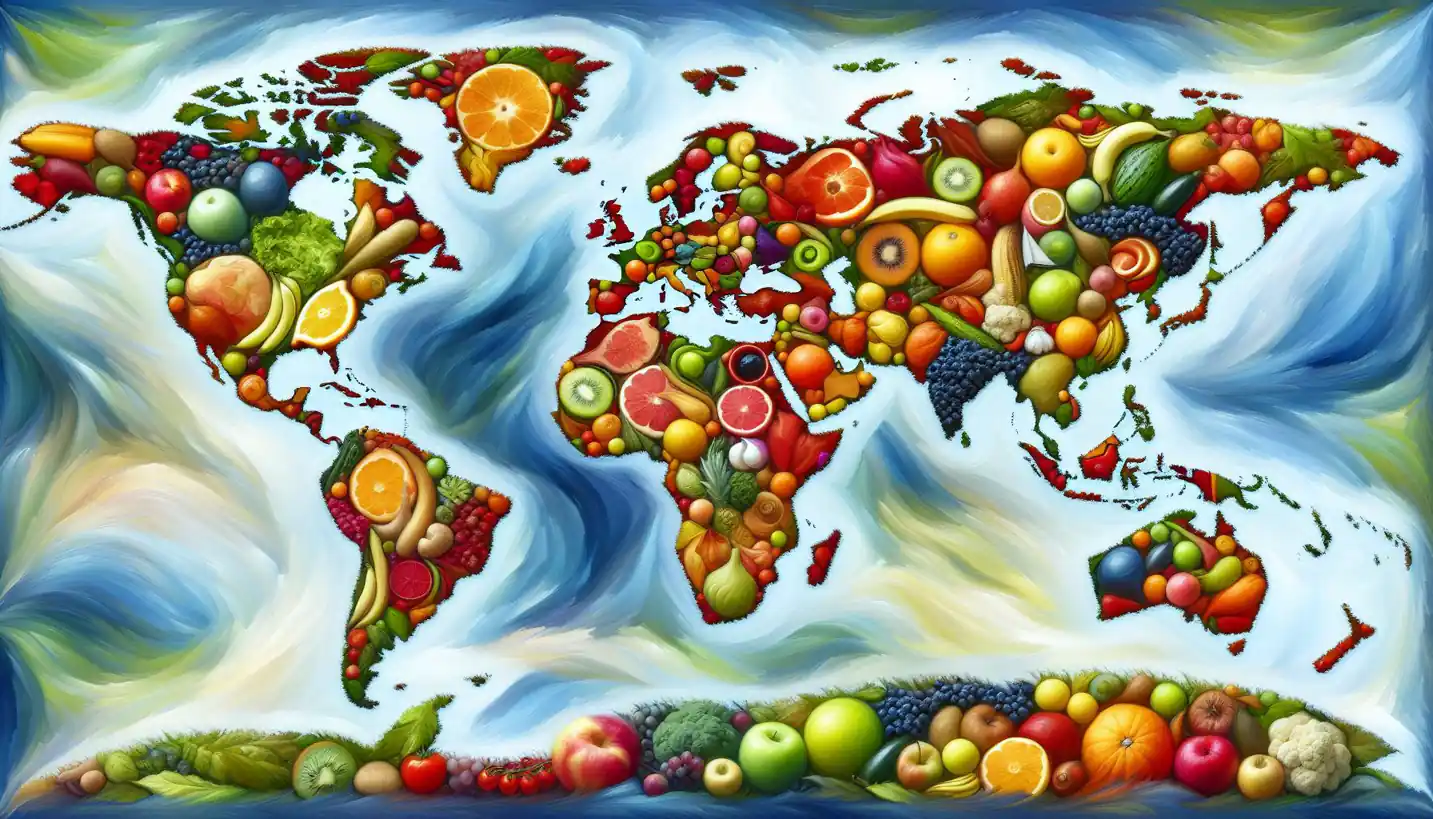· Geography · 4 min read
Spatial Resolution: A Window into Earth's Details
Spatial resolution focuses on the detail level visible in imagery and maps. Explore how this affects the clarity and precision of geographic observations.

When you think about looking at a map, you’re probably taking in more than just routes and landmarks. The way we see those details has everything to do with spatial resolution, a key concept in spatial analysis and geography.
Spatial resolution is all about how much detail we can capture or see in any given space. Imagine looking at a painting through a magnifying glass. Every brushstroke and color gradient becomes visible. That’s similar to what high spatial resolution does for images of the Earth.
Now, let’s break down what spatial resolution really means and why it’s important.
Understanding Spatial Resolution
Spatial resolution is essentially the size of the smallest feature that can be detected or represented in an image or data set. It’s usually talked about in terms of “pixels,” which are the tiny dots that make up digital images. The smaller the pixel size, the higher the spatial resolution, meaning more details can be seen.
Picture it like this: if you have a low-resolution image, it’s like looking at a mosaic from afar, where you might only make out the general shapes and colors. Zoom in with high resolution, and suddenly, each tile pops out in sharp focus, revealing all those intricate patterns you couldn’t see before.
Why Spatial Resolution Matters
Spatial resolution is crucial when we want clear views of our world, whether from a satellite, drone, or even a microscope. If you’re mapping forests, high spatial resolution can help identify specific tree species. In urban planning, it lets planners see roads, buildings, and even individual trees.
Let’s say scientists are observing a coral reef. With high spatial resolution, they can distinguish between different coral species and assess the reef’s health based on distinct features. In archaeology, better resolution could uncover ancient pathways or forgotten cities buried under the sand.
How It’s Used in Geography and Spatial Analysis
In geography, spatial resolution helps researchers analyze terrains and landscapes. Cartographers use it to create accurate maps that inform everything from climate models to disaster response plans. The higher the spatial resolution, the more precise these models and plans can be.
Consider weather satellites: They have varying spatial resolutions that allow meteorologists to track storms or observe climate patterns. Low-resolution data might be enough to see a hurricane forming over an ocean, but high-resolution imagery can pinpoint its path, helping to predict where it might make landfall.
Challenges of High Spatial Resolution
There is a trade-off: the higher the resolution, the more data is generated, which requires more storage and processing power. Also, high-resolution sensors can be more expensive, making them less accessible for all projects.
Taking satellite images as an example, capturing high-resolution images of vast areas of the Earth’s surface can be costly and challenging. There’s a balance to maintain between high detail and broader coverage.
Future of Spatial Resolution
As technology advances, the potential for even higher spatial resolution images grows. This means more detailed and accurate data for all sorts of scientific endeavors. Imagine detecting microscopic changes in the environment that could indicate a developing natural disaster or capturing minute shifts in urban sprawl to aid city planning.
Researchers and tech companies are working on improving resolution without the steep costs, which could revolutionize fields like environmental monitoring and urban development.
Inviting Curiosity and Exploration
So, what’s next? How might improved spatial resolution change the way we understand our world? Could it predict natural disasters with pinpoint accuracy or help discover new resources? The possibilities are as vast as they are exciting.
In a world where data is king, understanding and utilizing spatial resolution unlock opportunities we are just beginning to explore. Keep an eye on how this concept might evolve and how it might impact our everyday lives, from the maps we use to the smartphone apps we rely on.
Spatial resolution is like having a superpower to see the unseen. Whether for scientists peering into the depths of a rain forest or city planners mapping out future neighborhoods, it provides a clearer picture of our world, one pixel at a time.


